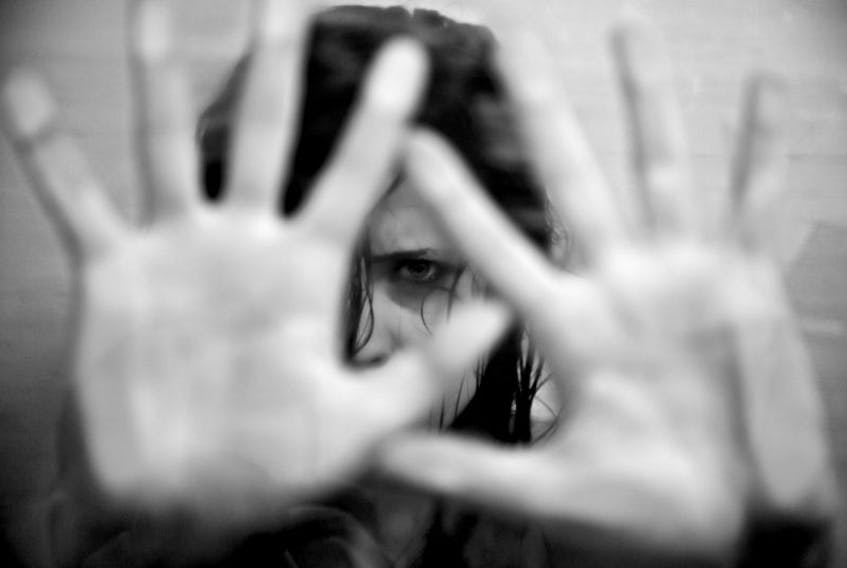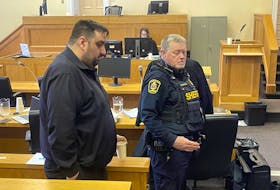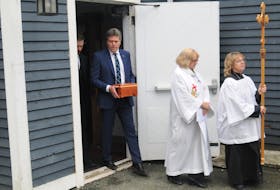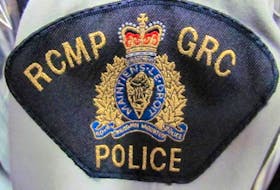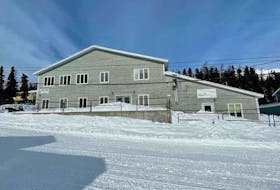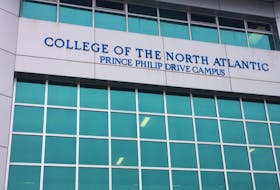According to RCMP statistics provided to The Telegram by the St. John’s Status of Women Council, in 2015, there were sexual 99 sexual offences committed in Indigenous communities in Newfoundland and Labrador.
For the whole of the RCMP coverage area, there were 399 sexual offences, meaning that 25 per cent of all sexual offences in 2015 in RCMP jurisdiction happened in Indigenous communities.
The RCMP doesn’t actually keep statistics based on ethnicity, so it’s not possible to say exactly what portion of victims of violence are Indigenous, but the statistics provided to The Telegram specifically look at significantly Indigenous communities of Hopedale, Natuashish, Makkovik, Happy Valley-Goose Bay, Mary’s Harbour, Nain, Rigolet, Cartwright and Conne River.
When it comes to sexual offences in Indigenous communities, the victims are 91 per cent female.
Multiple sources familiar with the issue say that many, many more sexual assaults never get reported, and the issue is part of a larger cycle of historical trauma, abuse, and violence.
A woman from coastal Labrador, who spoke to The Telegram on the condition of anonymity, talked about being sexually abused as a child, and growing up in a household where her parents were in an abusive relationship, and struggled with alcohol addiction.
“I practically had to grow up myself, probably from the time I was six years old. I mean, I didn’t know what a period was, I didn’t know nothing. I never had my mother because she was always alcoholic or abused,” the woman said.
The woman described how the violence is part of a brutal cycle, with people resorting to alcohol and other intoxicants to escape the pain, but then the alcohol leading to more violence.
“The alcohol makes them mad. That’s how the sexual stuff starts,” she said.
The woman described living in fear that somebody would break into her house and sexually assault her while she was sleeping — something she said happens, but is often never reported to police.
“A lot of the men who actually do that are intoxicated, and they’re more scary, and they won’t take no for an answer,” she said.
“I’ve had other friends go through the same thing. “
Earlier this year, the Globe and Mail published a landmark series of stories looking at the “unfounded” rates when it comes to sexual assault in Canada. “Unfounded” is the classification police give to reports of sexual assault where they believe that no sexual assault occurred.

According to the Globe and Mail, in St. John’s, the five-year average “unfounded” rate is 8 per cent. In. Using the Globe and Mail numbers, the average unfounded rate for Labrador Indigenous communities is 19 per cent. In Sheshatshiu, the unfounded rate is 27 per cent.
Multiple people who spoke to The Telegram said that many of the issues of sexual violence in Indigenous communities are kept secret, in part because the populations are so small and isolated.
Amelia Reimer, cultural support co-ordinator with the St. John’s Native Friendship Centre, said that when it comes to Sheshatshiu, many people there primarily speak Innu-amun, so some criminal complaints may simply be lost in translation.
“I’m glad the unfounded rates aren’t even higher,” Reimer said. “I would have expected the unfounded rates to be higher, but I would say that’s because fewer and fewer people are reporting.“

Jenny Wright, executive director of the St. John’s Status of Women Council, said that the numbers reveal a clear bias in the justice system.
“I mean, clearly I think it’s a racism thing. The RCMP as our national police force, they know the data on the high levels of violence that Indigenous women experience,” she said.
“They are not responding effectively to the violence that Indigenous women experience; those women deserve an answer from them.”
The RCMP did not provide any comment for this story, despite multiple requests from The Telegram.
Reimer said there are a lot of things the government could be doing to improve things, such as implementing the calls to action from the Residential Schools Truth and Reconciliation Commission.
She also said a dedicated study looking at Indigenous violent crime rates would be useful.
“Instead of just a snapshot of 2015, how does that compare to 2014? 2013?” she said.
“A report of more than just 2015 would be a good thing, so we actually know what we’re looking at.”
jmcleod@thetelegra

